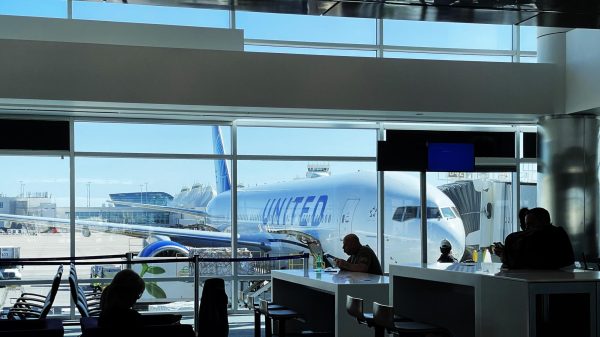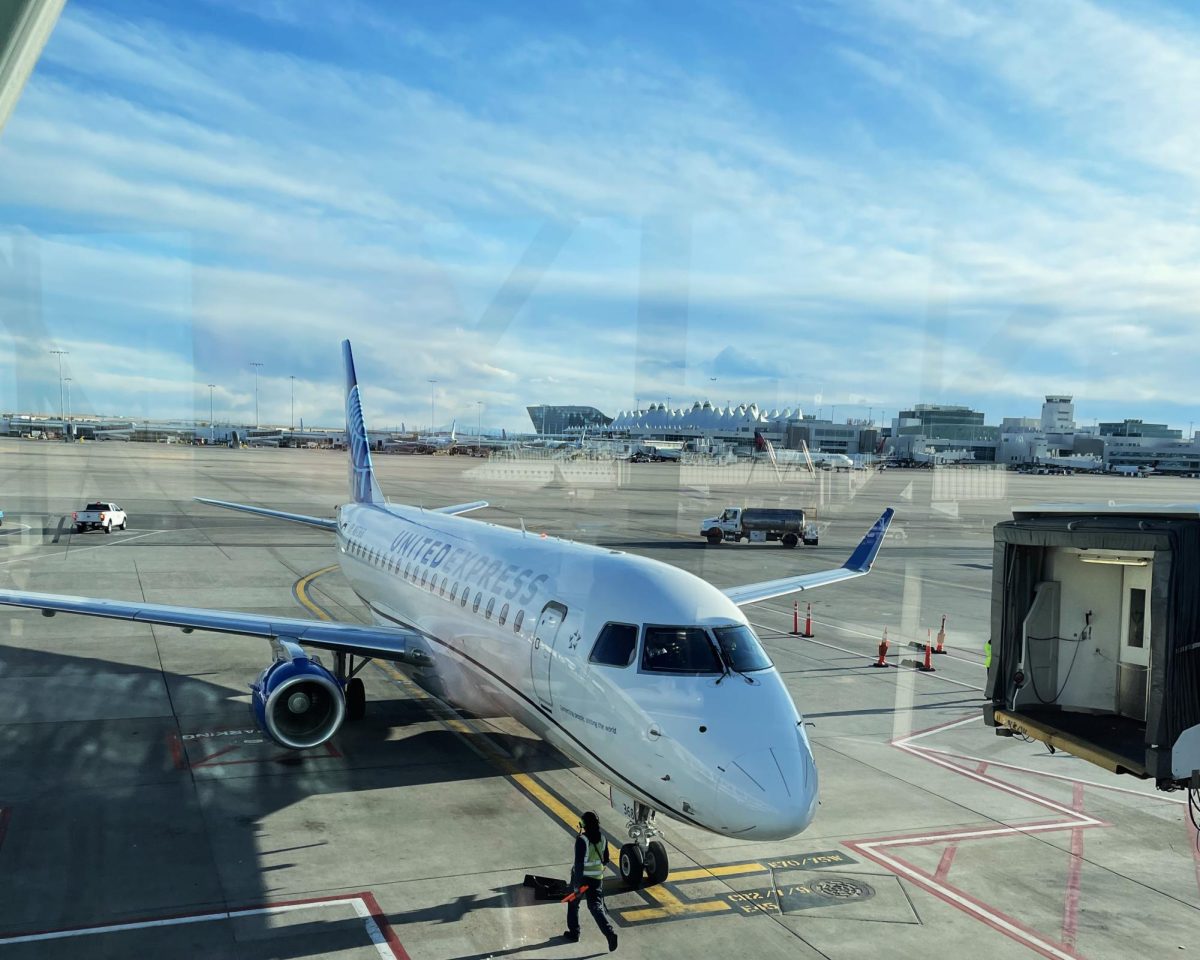Denver International Airport (DEN/KDEN), now a gateway to international travel for Colorado residents and residents from other places, opened its doors on February 28, 1995. The airport with the iconic backdrop of the Rockies and famous tents, originally meant to replace the aging Stapleton International Airport, the world’s second-largest airport, has accomplished remarkable feats since its launch. How did they achieve this success and how did they manage it?
As with any major project, everything starts with a vision. Much like Turkey’s shift from Atatürk International to Istanbul Havalimani, Denver’s airport shift emerged to solve the same problem. The previous Stapleton International Airport faced an issue—limited space for expansion and so began the vision for Denver International. In 1989, construction began 25 miles northeast of downtown Denver. Like many ambitious endeavors however, technical setbacks and political challenges drove the building cost over $2 billion.
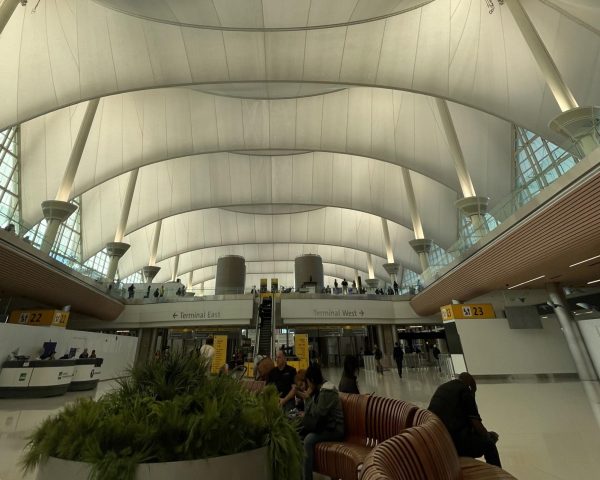
Although the airport faced a rocky start, things improved over time. With its ideal location for many airlines, Denver rose to prominence in U.S. aviation. United Airlines dominates the B concourse, running as the airport’s largest carrier. Beyond legacy carriers, budget airlines such as Southwest and Frontier maintain strong presences at the A and C terminals, respectively.
In 2022, DEN launched an initiative titled “Vision 100.” The program aims to accommodate 100 million annual passengers within a decade. The focus includes sustainability, equity, customer experience and operational excellence. Planned renovations involve terminal upgrades, concourse expansions and new security technology. Frequent flyers know the current security scanners often slow the process due to small size and outdated systems.
Another recent milestone includes the completion of the “Gates of the Future” project in September of 2024. The new gates feature ceiling-mounted screens that display flight information, destinations and advertisements, all completed in partnership with United Airlines. More than 60 gates underwent refurbishment and gained modern amenities. The project finished ahead of schedule and under budget, demonstrating a strong commitment to efficiency.
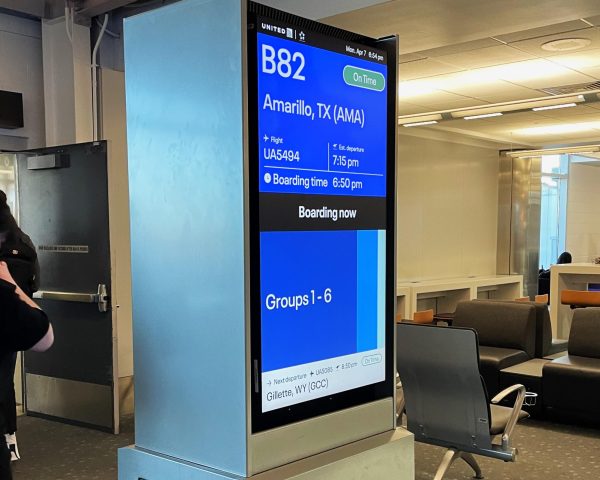
Often overlooked in the past, this airport handled domestic travel. However in recent years, international traffic has surged. Airlines such as Lufthansa, British Airways, Air France, Edelweiss, Turkish Airlines, Icelandair and Aer Lingus, the flag carrier of Ireland, serve Denver. These carriers deploy state of the art aircraft like the Airbus A350-900, used by British Airways, Lufthansa and Turkish Airlines. Lufthansa also dispatches rare and exclusive aircraft such as the Airbus A340-600 and occasionally the Airbus A380-800 to Denver. Turkish Airlines recently added Denver as its 14th U.S. destination, further demonstrating the airport’s rising prominence.
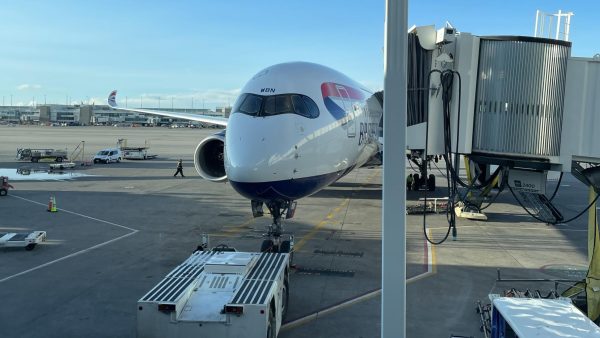
Tourism, however, plays one of the most critical roles. The nearby Rocky Mountains draw massive traffic to the airport. At one point, international tourism peaked at one million visitors annually. In 2023, tourists spent more than $28 billion at the Rocky Mountain National Park. This surge shows up in the airport’s performance too—DEN served a record 82 million passengers in 2024. Locally and statewide, the airport contributes $47.2 billion in revenue and supports 40,000 jobs.
With United Airlines aiming for dominance in U.S. aviation, and with San Francisco International Airport, another United hub, struggling with expansion limits, DEN may soon take center stage. Through smart planning, detailed renovations, strong airline partnerships and a convenient location, Denver International Airport has grown into a true giant; now the sixth busiest airport in the world. All of which means more travel opportunities for Panhandle Texans too.
